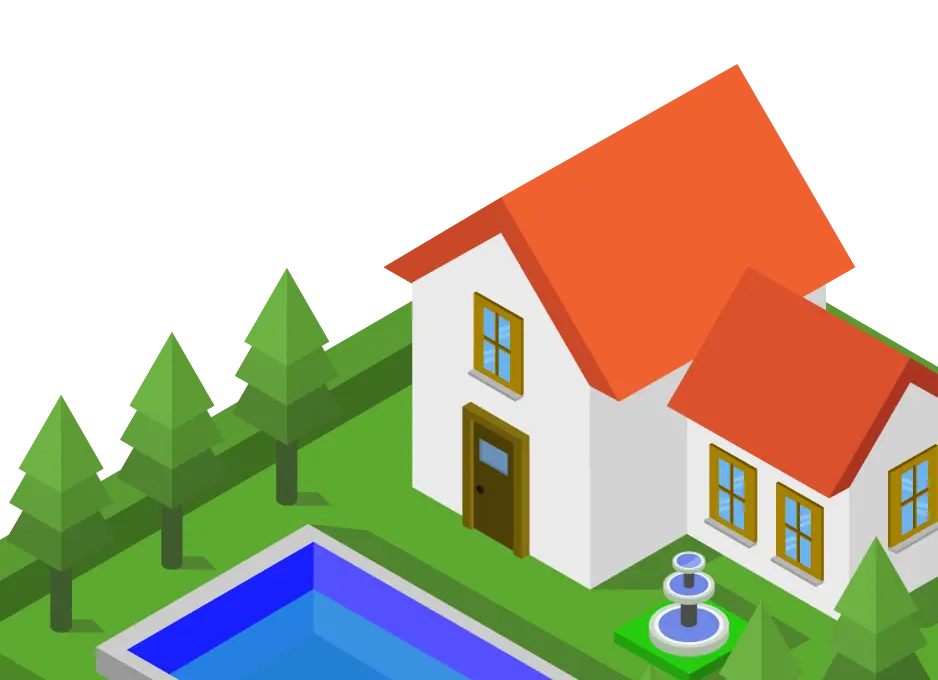Yellowjacket
There are numerous species of yellowjackets found in the United States. However, every species is approximately 1/2” long with characteristic black and yellow markings. Separate species of yellowjackets can be identified based upon the color patterns on the abdomen.
Habits
Colonies are started in the spring by a single queen that mated the previous fall and overwintered as an adult, typically under the bark of a log. Nests may be aerial or terrestrial, depending upon the species of the wasp. Regardless of location, each nest is a series of horizontal combs completely surrounded by a paper envelope. Initially, the solitary queen must not only construct the paper brood cells, but also forage for food, lay eggs, feed her progeny, and defend the nest from intruders. When the first offspring emerge as adults they assume all tasks except egg laying. The queen devotes the remainder of her life to egg laying and does not leave the nest again. Each worker tends to persist at a given task, such as nest building or feeding larvae but they may change tasks if the need arises.
Explore Other Wasps, Hornets, Yellowjackets

Explore Other Pests

About Wasps, Hornets, Yellowjackets
